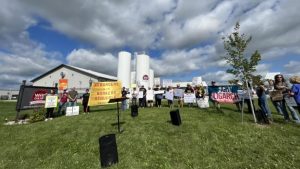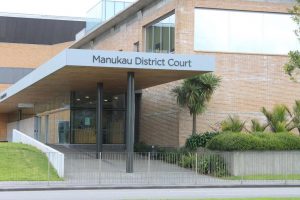

In a report to the council’s regulatory committee this week, regulatory and communications general manager Richard Saunders said over the last financial year, 243 dairy inspections were completed by staff and only 2% were found to be significantly non-compliant.
“Overall compliance can be considered high, with most farms being issued a grade of either full compliance or low risk non-compliance,” Mr Saunders said.
All of the region’s high-risk farms were inspected and several follow-up visits were conducted.
Six farms received a grade of significantly non-compliant, and 12 farms were graded moderately non-compliant, he said.
The inspections that resulted in significant non-compliance grades uncovered effluent discharges and silage leachate discharges that resulted in ponding, combined farm landfills and offal pits and one case where inappropriate effluent pond infrastructure was being used, his report to the committee said.
Staff followed up in each of these cases and appropriate action was taken, he said.
Infringement notices, abatement notices and warnings were issued.
Information Mr Saunders presented to the committee yesterday showed last year 80% of inspections resulted in grades of full compliance; this year only 61% of inspections did.
The report also noted the council initiated a project with Environment Canterbury and Environment Southland staff to review compliance procedures, rules and monitoring for dairy effluent.
Staff completed audits in the three regions to get a better understanding of how neighbouring councils monitored dairy farms.
The project would increase consistency in compliance efforts, Mr Saunders said.
























